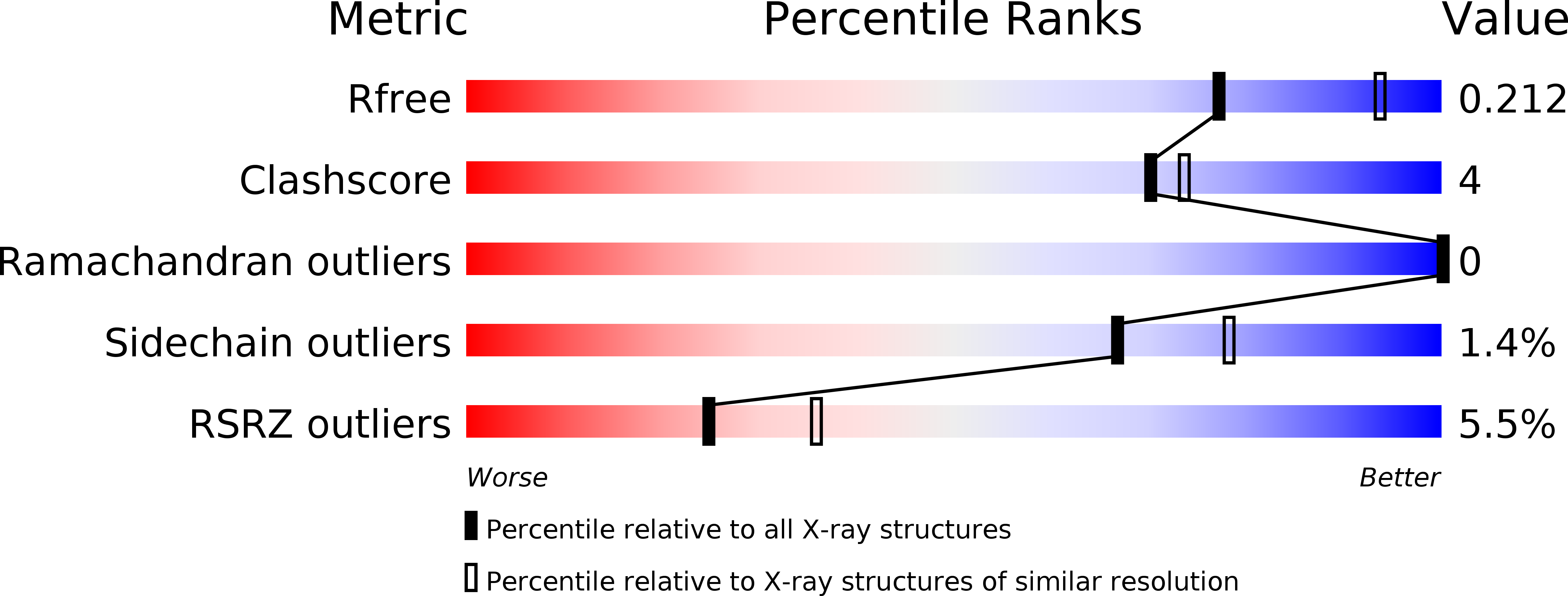
Deposition Date
2019-05-06
Release Date
2019-11-20
Last Version Date
2024-11-13
Entry Detail
PDB ID:
6K0J
Keywords:
Title:
The co-crystal structure of DYRK2 with a small molecule inhibitor
Biological Source:
Source Organism:
Homo sapiens (Taxon ID: 9606)
Host Organism:
Method Details:
Experimental Method:
Resolution:
2.35 Å
R-Value Free:
0.20
R-Value Work:
0.17
R-Value Observed:
0.17
Space Group:
C 2 2 21


